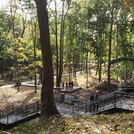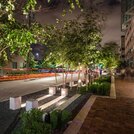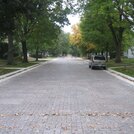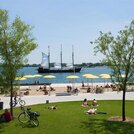Case Study Brief
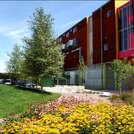
TAXI II
Denver, Colorado
“For this mixed-use development, the landscape architect proposed a novel approach to satisfying the City of Denver's stormwater regulations with green infrastructure-based Stormwater Controlled Landscapes (SCLs). After close collaboration between the City and landscape architect for the approvals process, TAXI II became the first Denver-area project to use SLCs to meet City stormwater requirements. As a direct result, Denver's stormwater codes have evolved to recognize SCLs as an allowable way to manage large amounts of stormwater, with significantly reduced detention volume requirements where they are present. ”


